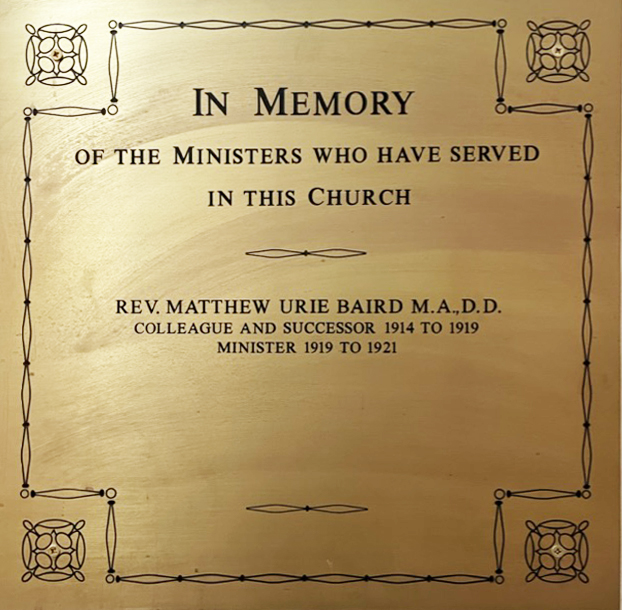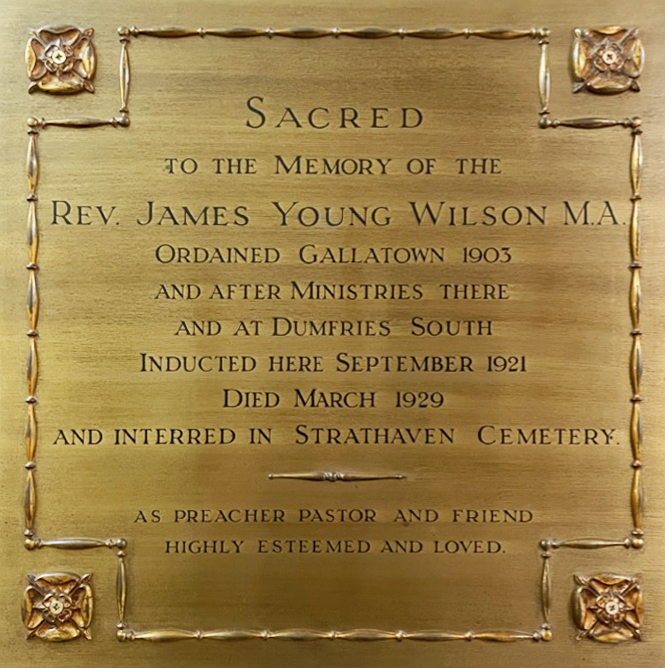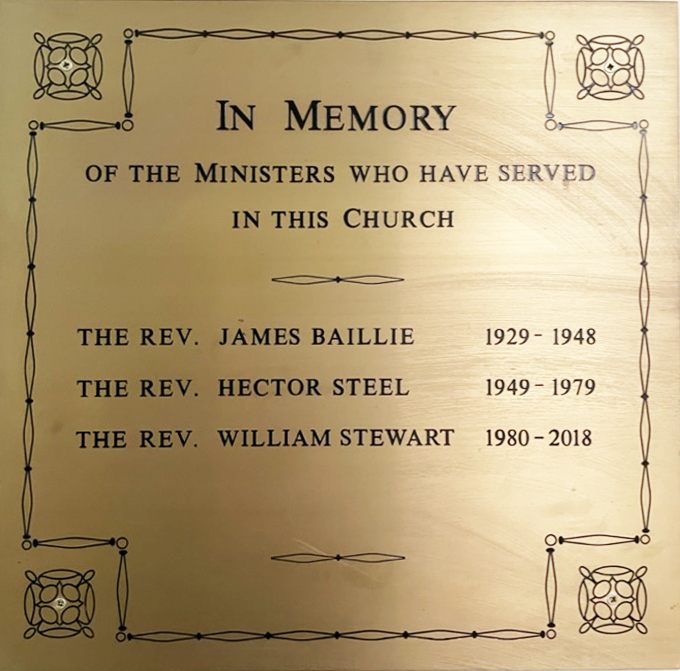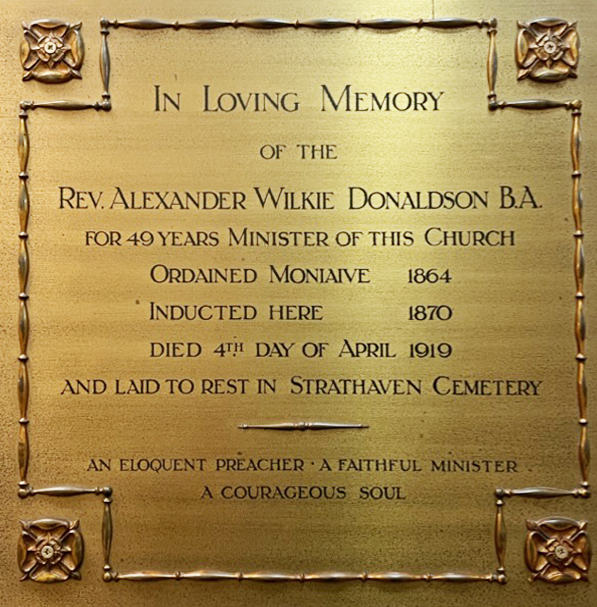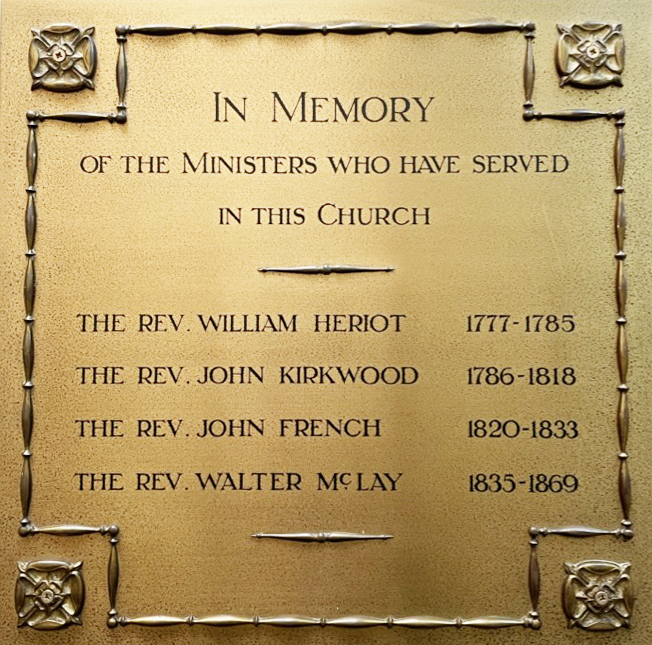Presbytery Mission Plan
The Presbytery Mission Plan for Trinity Church is a comprehensive strategy that outlines the church’s objectives, goals, and action plans for achieving its mission.
The plan focuses on enhancing the church’s worship experience, building a strong and diverse community, and serving the needs of the local community through outreach programs.
We are seeking to inspire the people of Scotland and beyond with the Good News of Jesus Christ through enthusiastic worshiping, witnessing and serving communities.
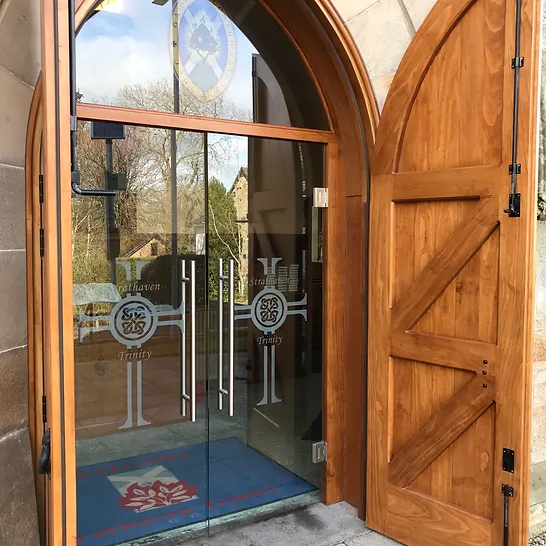
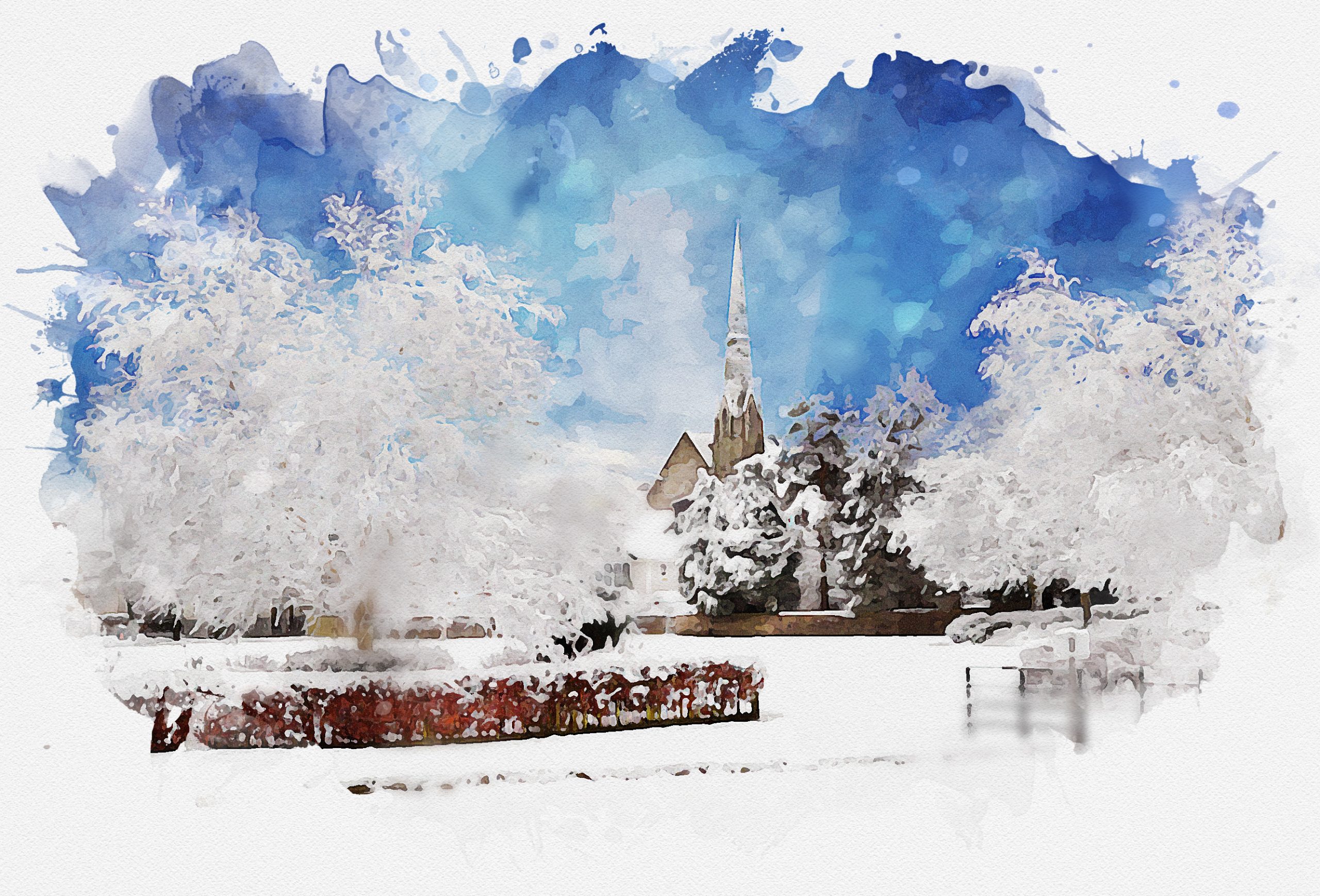
Church History
In the Hamilton Presbytery Plan of February 2013, the staffing level required for Strathaven was set at two ministers plus 0.5 of a Presbytery Parish Worker (PPW). One of these ministers would be at Avondale Old Parish Church which has two places of worship: Kirk Street, Strathaven and Drumclog. The other minister along with the 0.5 PPW would be available for a union between the East Parish Church linked with Glassford Parish Church and Rankin Parish Church linked with Chapelton Parish Church.
Following extensive discussions it was overwhelmingly agreed by those four congregations that a union should take place resulting in Strathaven: Trinity Parish Church being formed having three places of worship – Strathaven (Lethame Road), Chapelton and Glassford. Sadly, the East Church building would close as a result. The first service of the new Trinity Parish Church would be a joint one and would be held in the Strathaven building on 27 May 2018.
Rankin History
At the General Assembly of the Church of Scotland in May 1843, the retiring Moderator announced that he and others could not regard it as being an assembly free from interference from the State and led a procession from that Assembly to Tanfield Halls in Canonmills in Edinburgh. Here, joined by Ministers and Elders from all parts of the country, they proceeded to constitute themselves as the first General Assembly of the Free Church of Scotland. Among those present was the Reverend Alexander Rankin, Minister of the East Quoad Sacra Parish Church, Strathaven, since 1842.
In parishes where the Minister “came out” at the Disruption he was, not surprisingly, followed by the majority of his Congregation. In Strathaven, some 300 of the Members of the East Quoad Sacra Church followed their Minister into his self-imposed exile. At a meeting of “Mr Rankin’s Congregation” held on 22nd June 1843, a Resolution was unanimously approved which established the Congregation as adhering to the principles of the Free Protesting Church of Scotland; resolved, if necessary, to build a new place of worship and appointed a Committee to take care of all that would ensue.
The fears of the Congregation about not being allowed to worship in their old Church in Chapel Road were quickly confirmed and they had to build a new Church and Manse, which they did. However, the Church required to be re-built in 1883 and this is the building in which we worship today.
In 1900, the union of the Free and the United Presbyterian Churches was achieved and the distinctive name of the Rankin United Free Church was adopted in order to avoid confusion with other United Free churches in the town. It is very rare for a Church to be named after its Minister and this action must be seen as a great tribute to a man who served his parish faithfully and well for a very long time.
In 1929 the main issues which had led to the Disruption of 1843 were resolved with the Churches adopting a Uniting Act to become one Church under the name of the Church of Scotland. Thus, for the first time since the 18th century, the vast majority of Reformed Churches were gathered into one church organisation and it created a formula by which the Church could profess to be a National Church without being a State Church.
Since its formation, Rankin Parish Church has had only seven Ministers:-
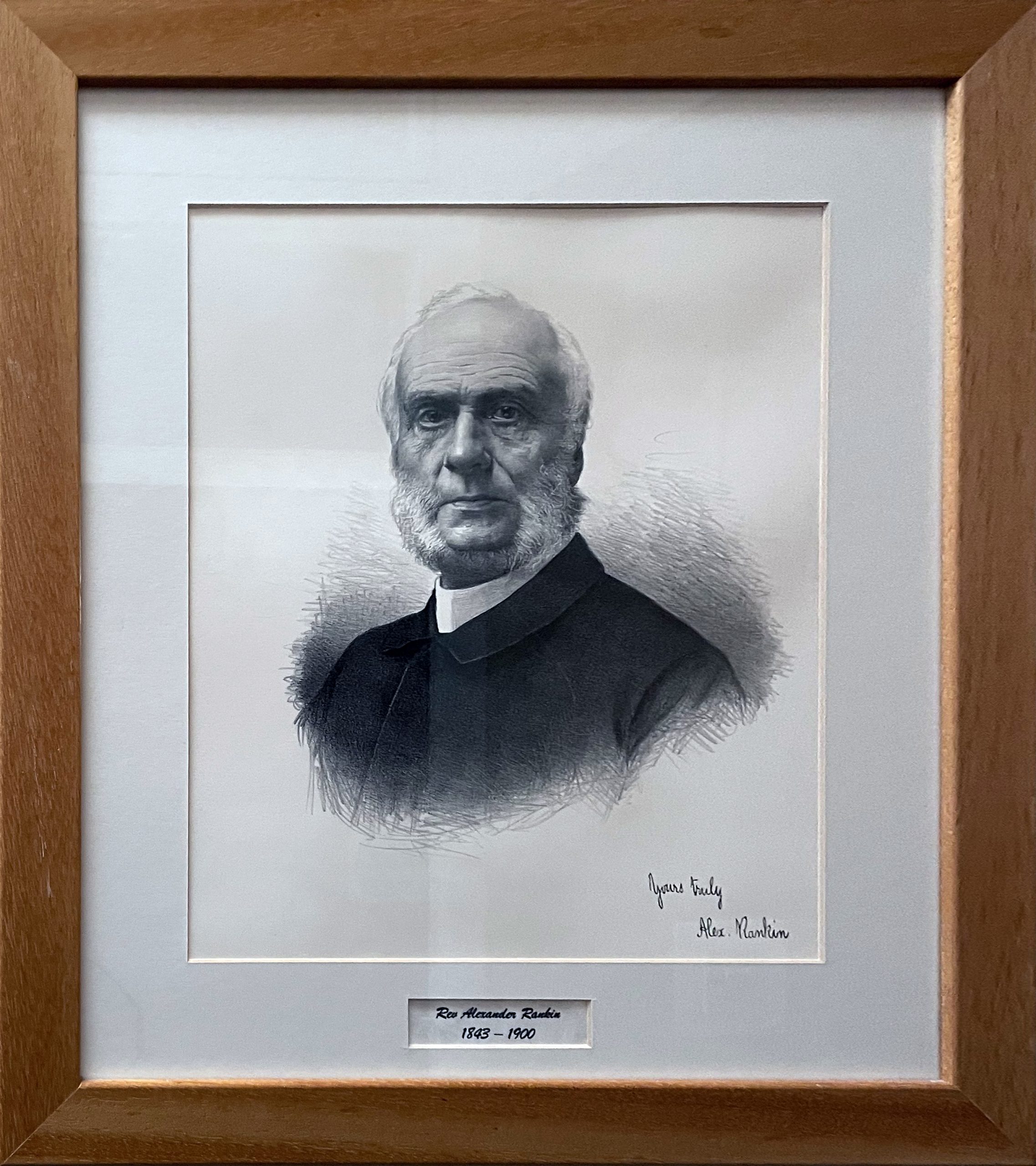
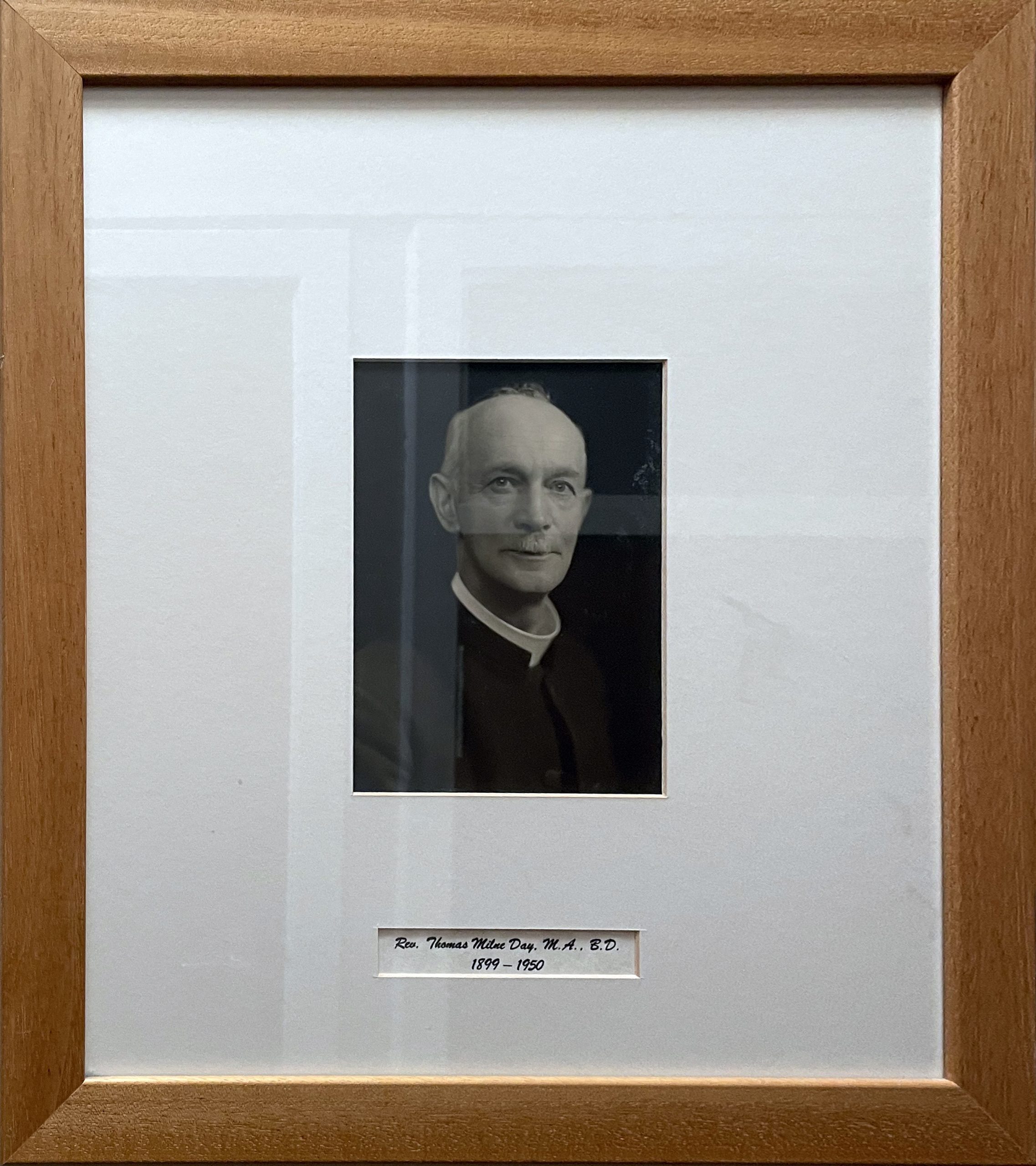
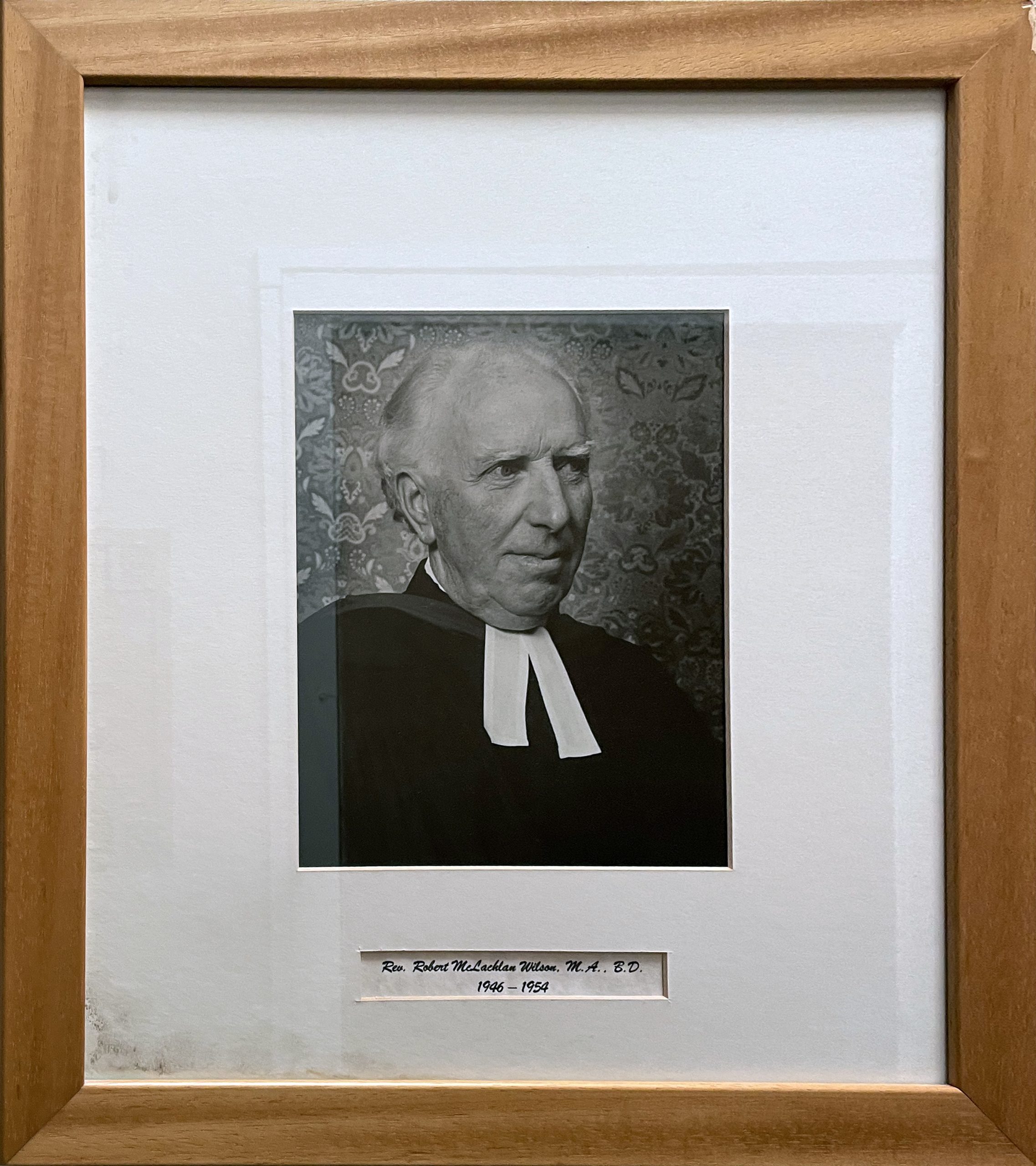
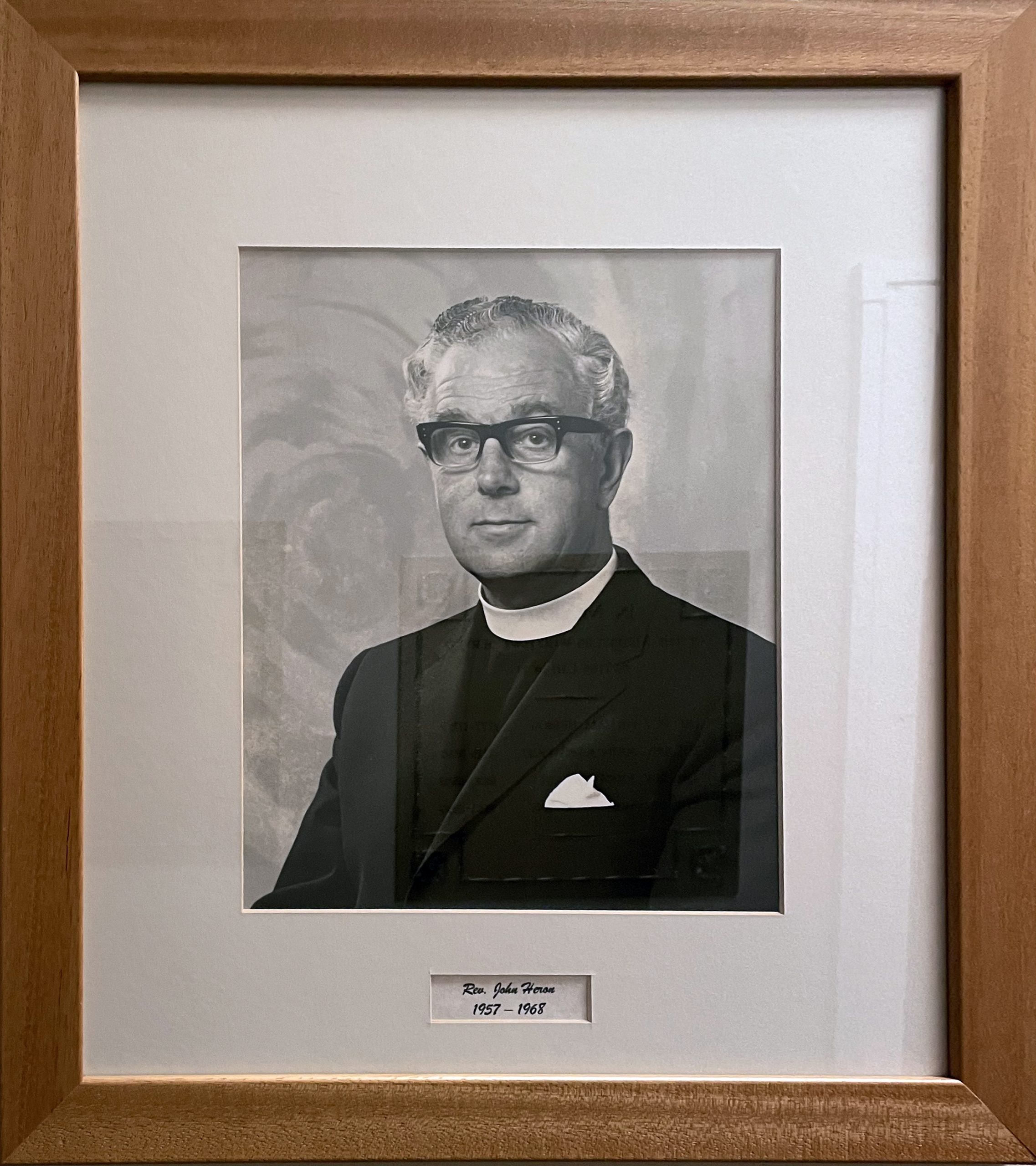
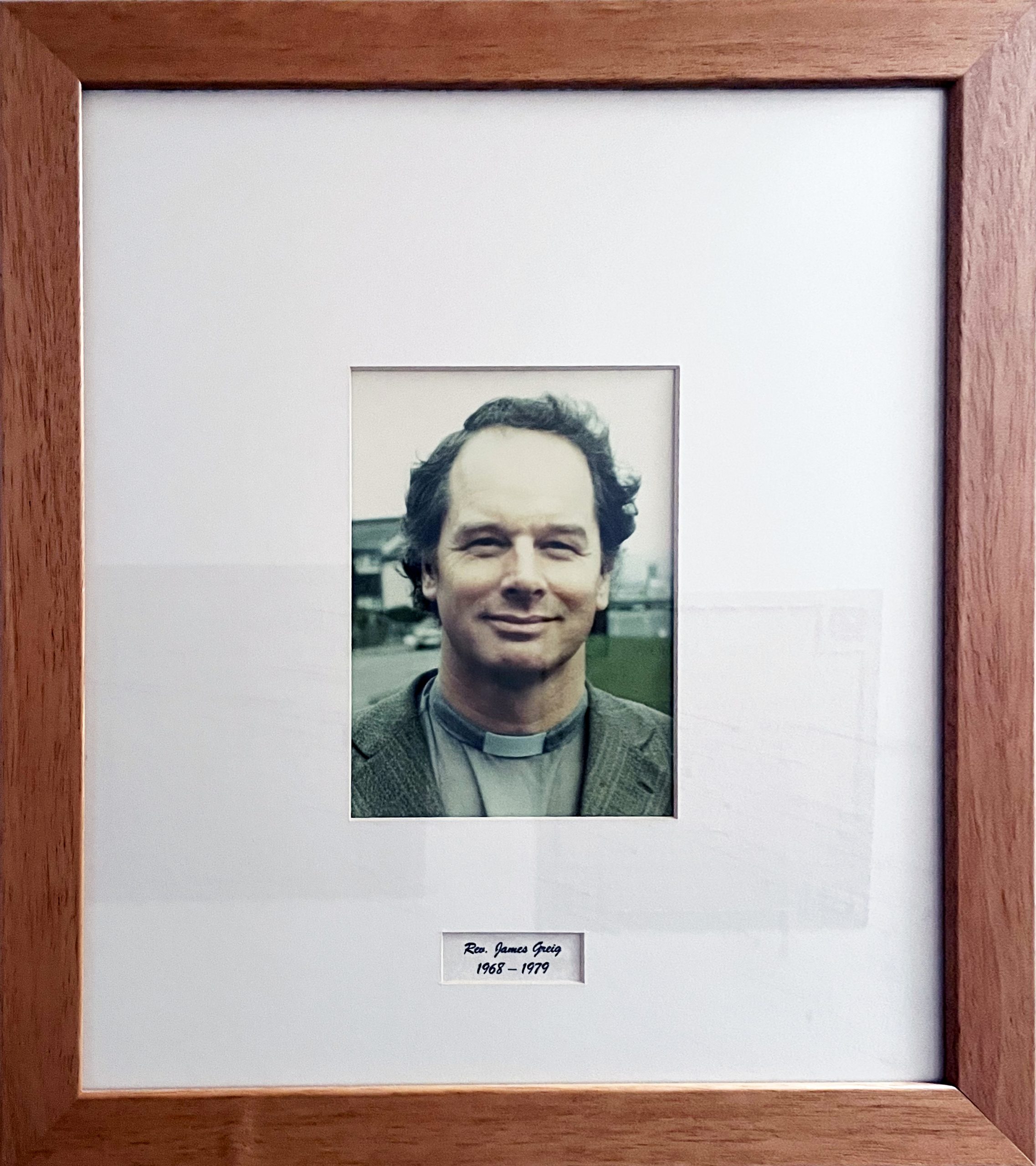
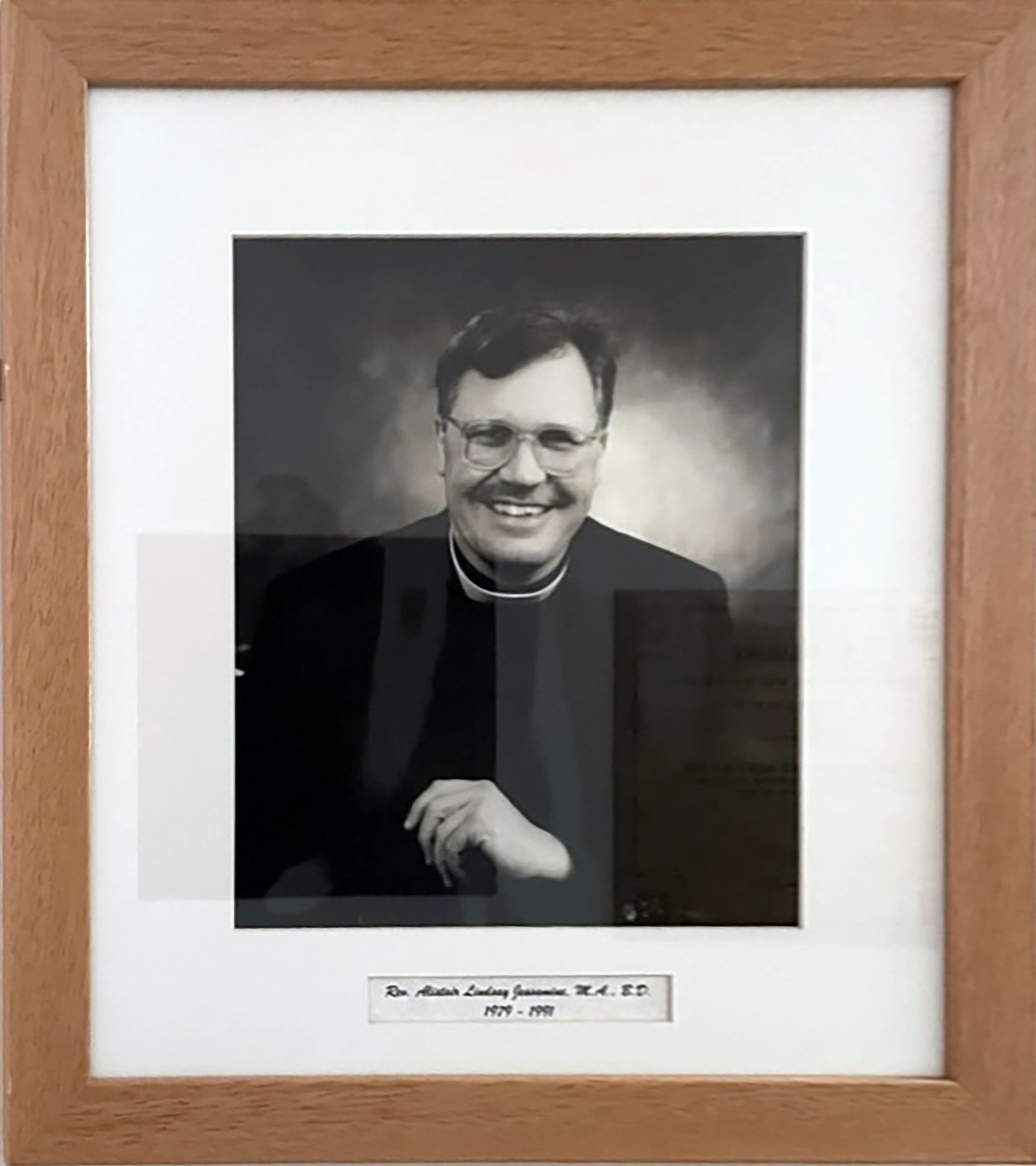
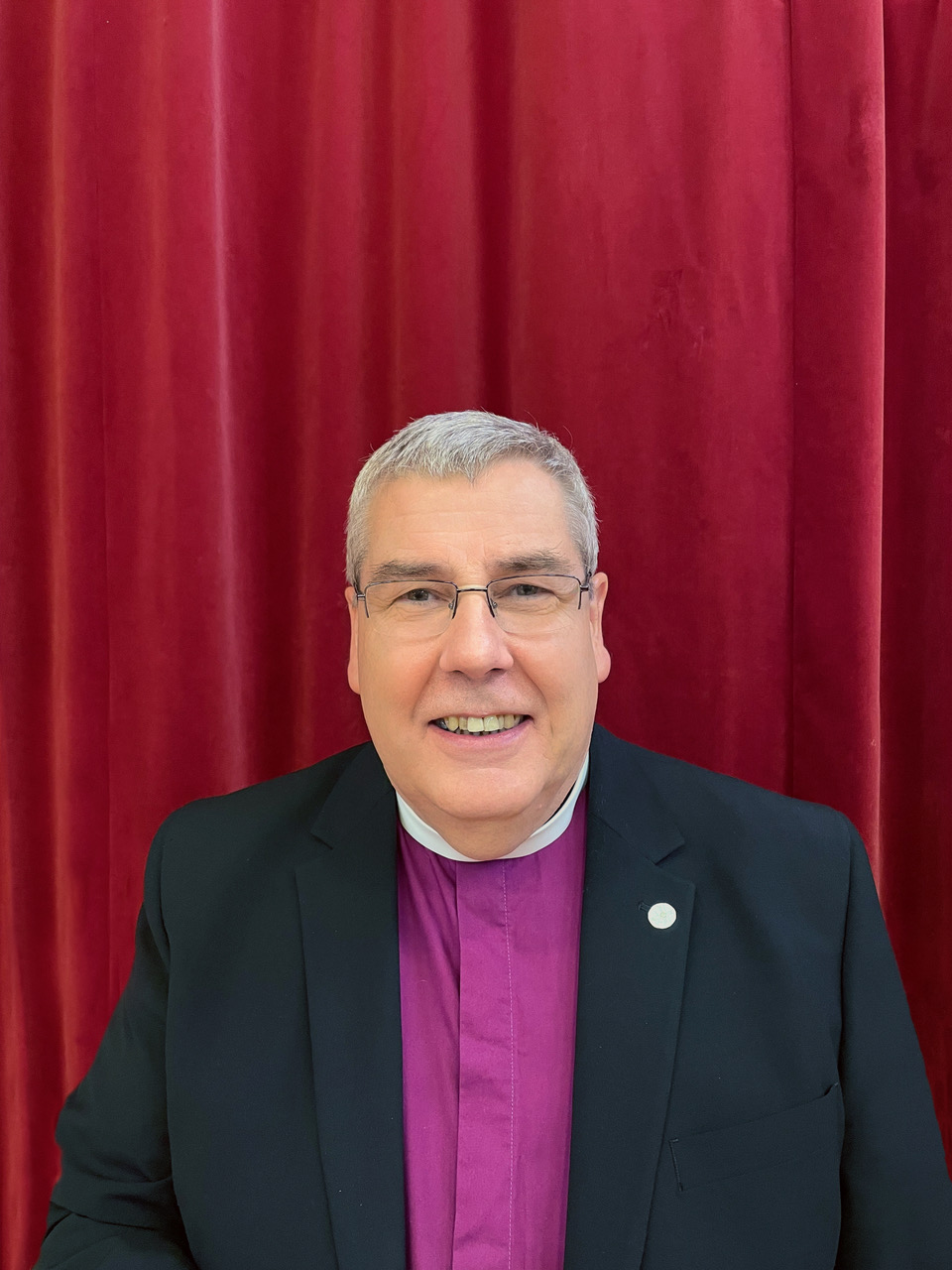
In 1960, Rankin was linked with Chapelton Parish Church – the church in the village of the same name some three miles to the North. The Linkage proved to be very successful, with each congregation retaining its own identity and independence under the one minister.
In 2018 and as a result of a Union between Rankin, East, Chapelton and Glassford Churches, Strathaven: Trinity was created with Rev Shaw J Paterson as Minister and having three places of worship, one of these being the former Rankin Church in Lethame Road. For more information, see under “Trinity History”.
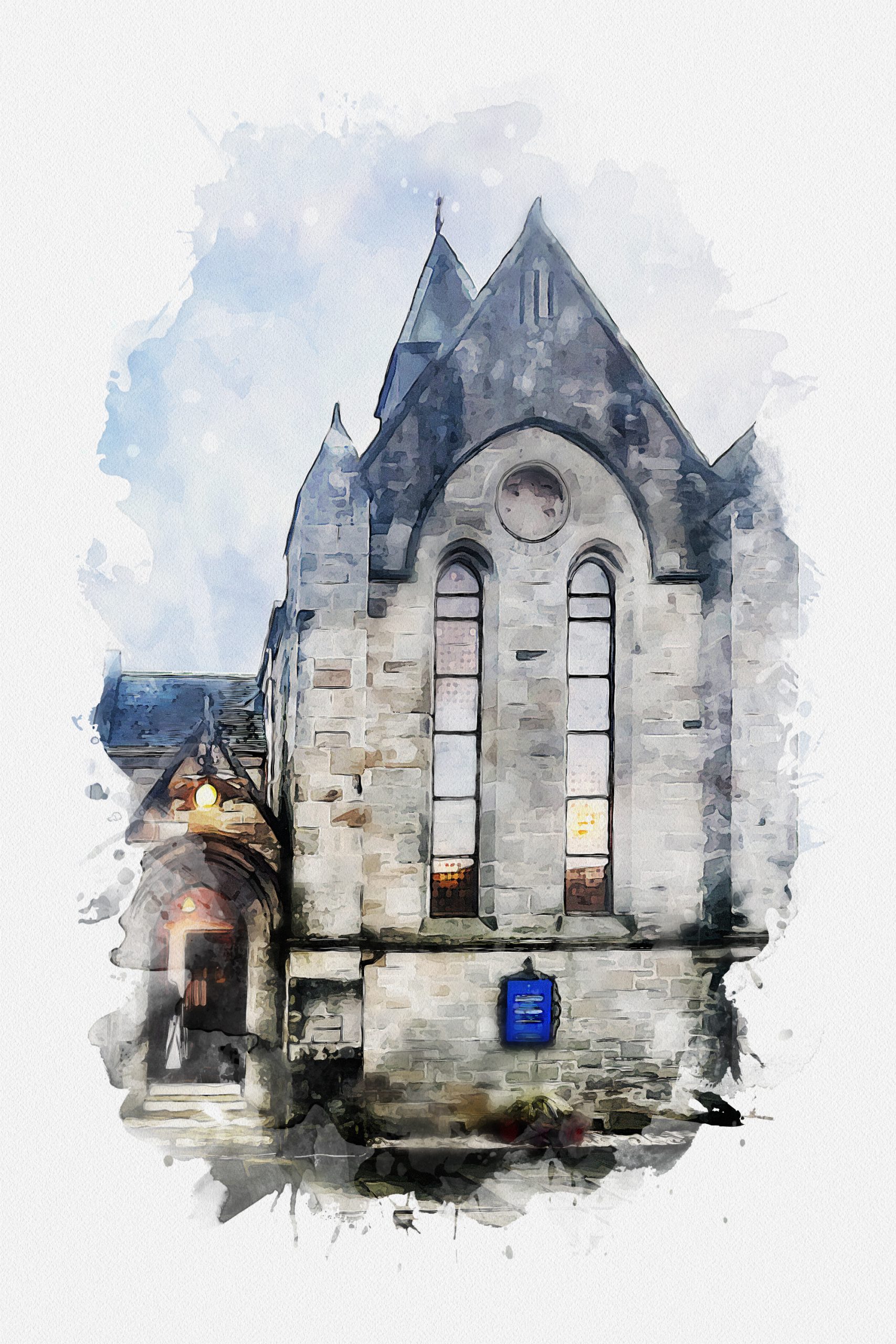
Chapelton History
The two churches in the village of Chapelton, the former United Free Church and the Parish Church, became one in 1930 continuing a religious presence in the village since the 1500’s.
The Old Parish Church building, which was situated between the graveyards on Bents Road, was opened in 1839 (with the foundation stone being laid on the same day as Queen Victoria’s coronation, 28th June, 1838).
The building used for worship today, (the former UF Church) dates back to 1887. Interestingly with the link to Rankin, the Reverend Alexander Rankin, who was Interim Moderator of Chapelton Preaching Station from 1849-1855 led the prayer of dedication at the laying of the memorial stone at the opening of the Church.
History of our Church Buildings.
The 18th of June 1887 edition of the Hamilton Advertiser recorded that on Wednesday 15th June, on a beautiful summer night, Sir William Collins of the Glasgow publishing firm laid the Memorial Stone of our Church. Sir William had been pleased to come to Chapelton because his father had laid the foundation stone of the Quoad Sacra Parish Church (in Bents Road between the two cemetries) on the 27th June 1833.
The original Free Church, now the village hall, required repairs and a heating system. the congregation decided to hold a sale of work and bazaar in the Town Hall, Hamilton, to raise funds. This was such a success that instead of repairing the old Church they built our present one. The site was acquired from Mr Semple of Meads on easy terms.
With the union of the Church of Scotland and the United Free Church of Scotland on the 2nd October 1929, it was decided to demolish the Quoad Sacra Parish Church and our Church became the only one in the village.
The buildings remained the same until in March 1955 Mr J. Frew prepared plans for a new kitchen extension – there had been no kitchen before. Three schemes were prepared and eventually in 1956 one was approved and a small kitchen and passage was built where the vestry now is, mostly by voluntary labour.
In December 1967 additional ground was acquired from Mr. McPherson, Main Street, and plans were drawn up for a new hall. this involved enlarging the kitchen and the erection of new toilets, stage etc. and altering the position of the main entrance gate to allow a drive to be formed around the Church for car parking. The structural work was carried out by Strathaven Contractors, but the painting and finishing work was carried out by voluntary labour once again. The hall was opened in September 1969. The cost was approximately £7500 of which £4000 was donated by Tom Struthers who lived in the Manse at the time.
In 1973 the interior of the Church was painted and new carpets were laid. The Chancel had previously been altered, the side rails removed, the steps formed on three sides and the box pews on each side of the Church removed.
In 1978 it was decided to build a chair store to the side of the hall. Later the plans were changed and a new kitchen extension was built with a store over, and the original kitchen was converted to the present vestry. This work was carried out by the late Bob Simpson.
The heating of the Church was originally by a coal fired boiler in the basement, serving cast iron water pipes in the Church and open fires in the small hall and vestry. An electric boiler was later installed and in 1982 electric heaters were installed.
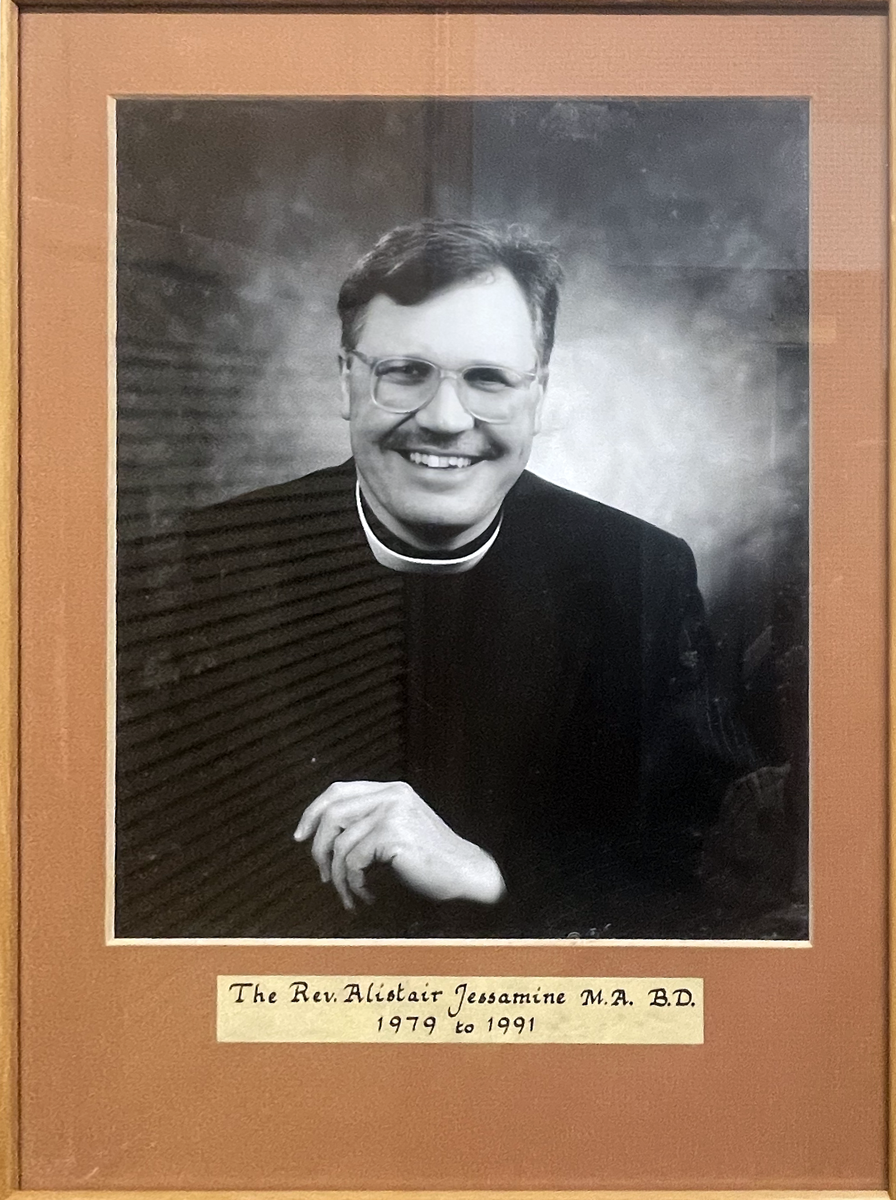
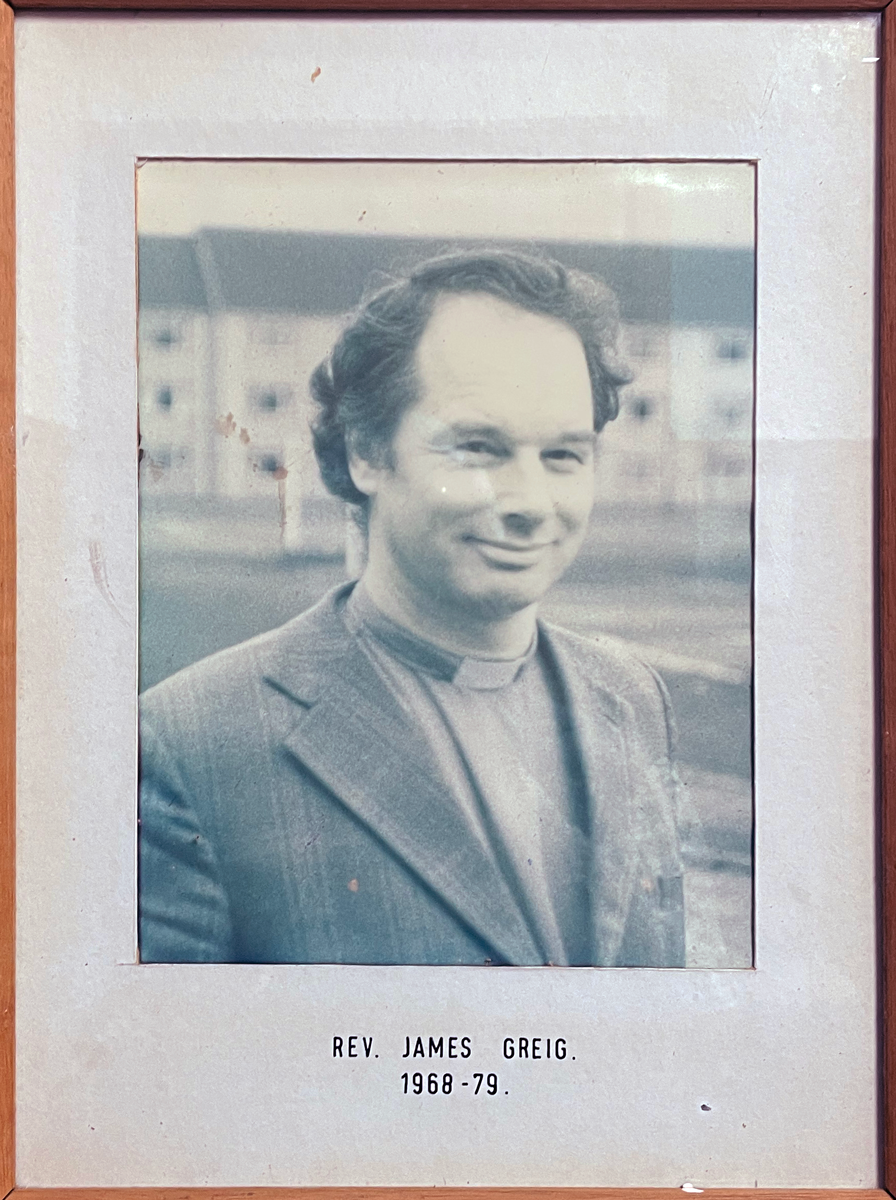
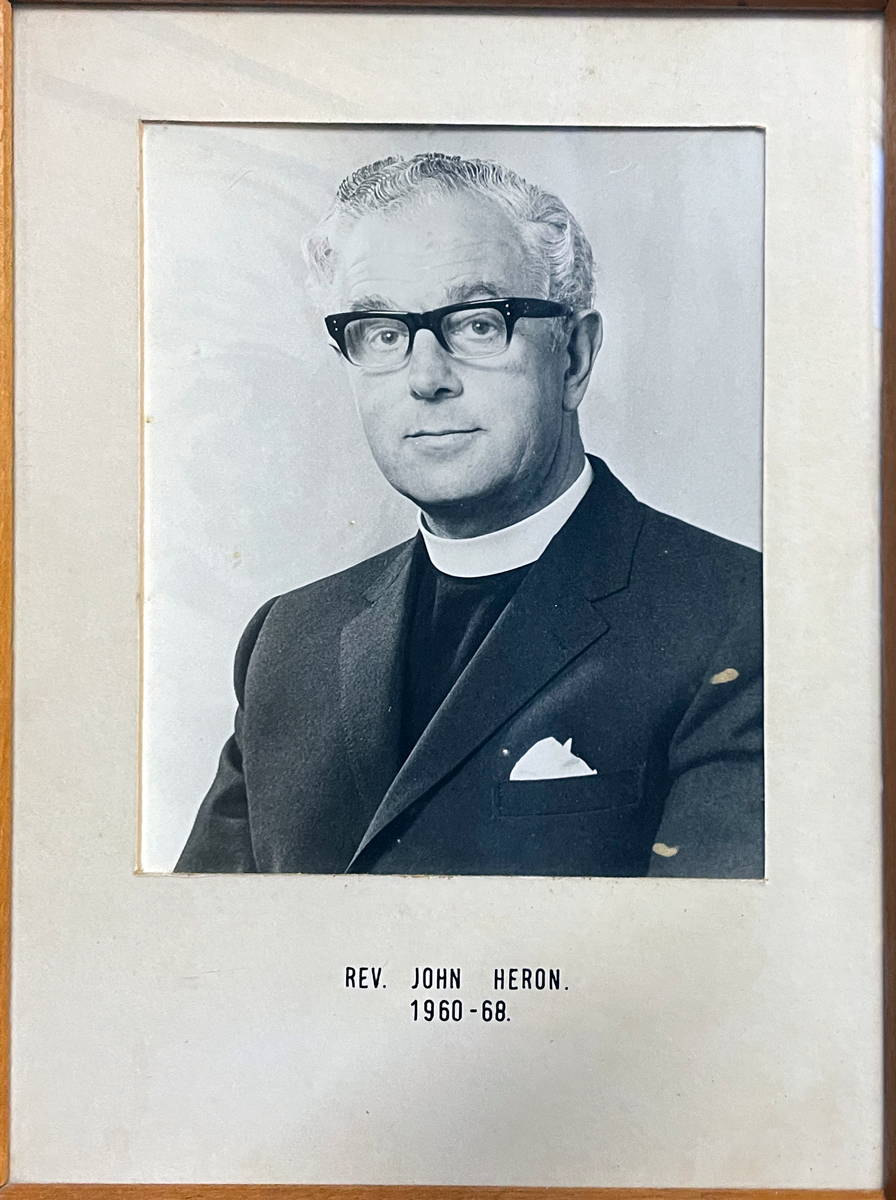
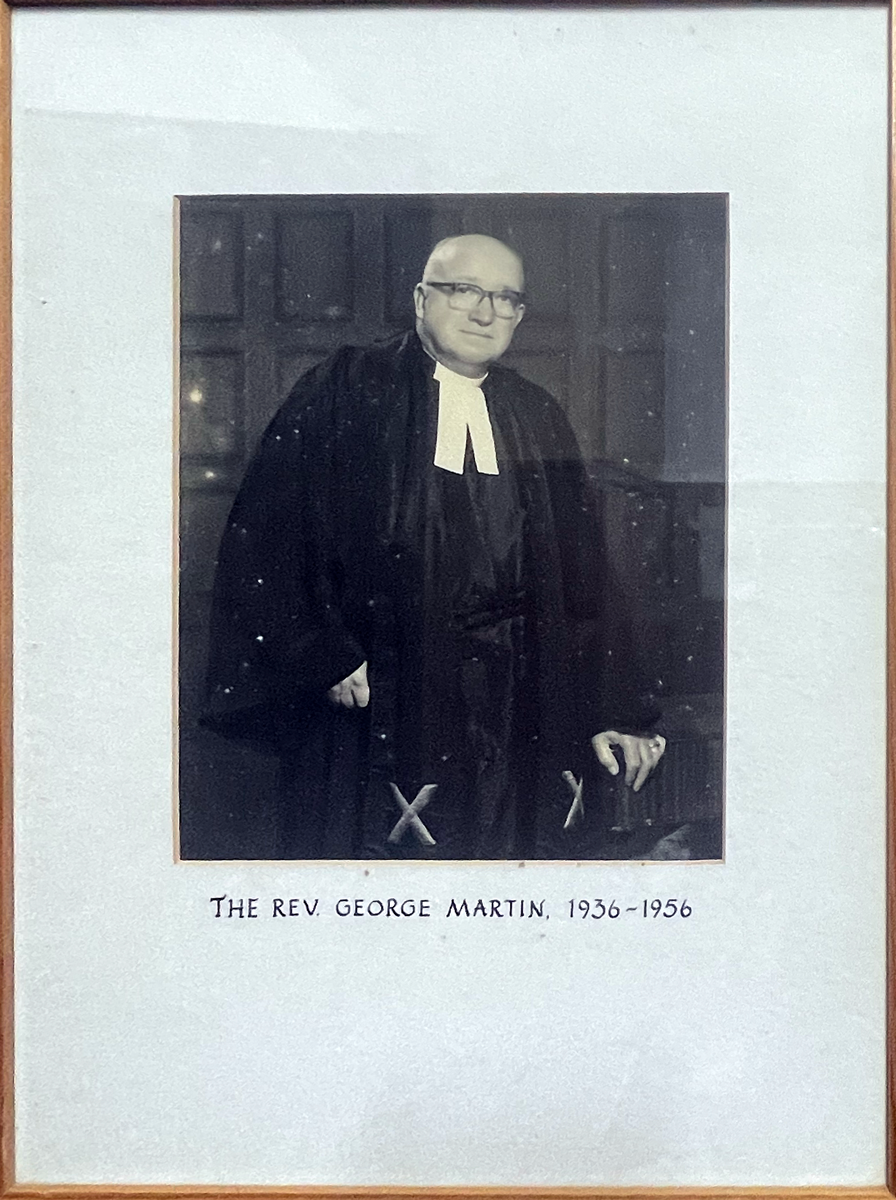
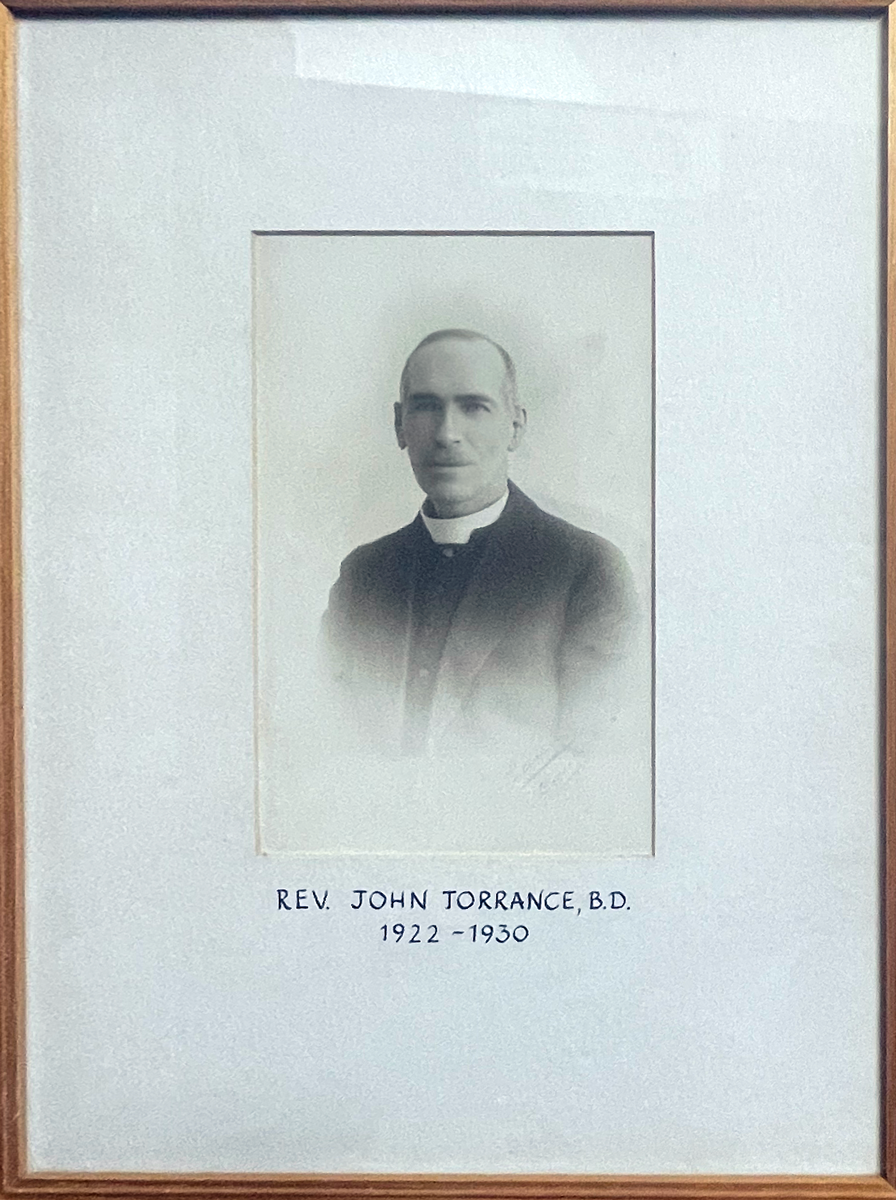
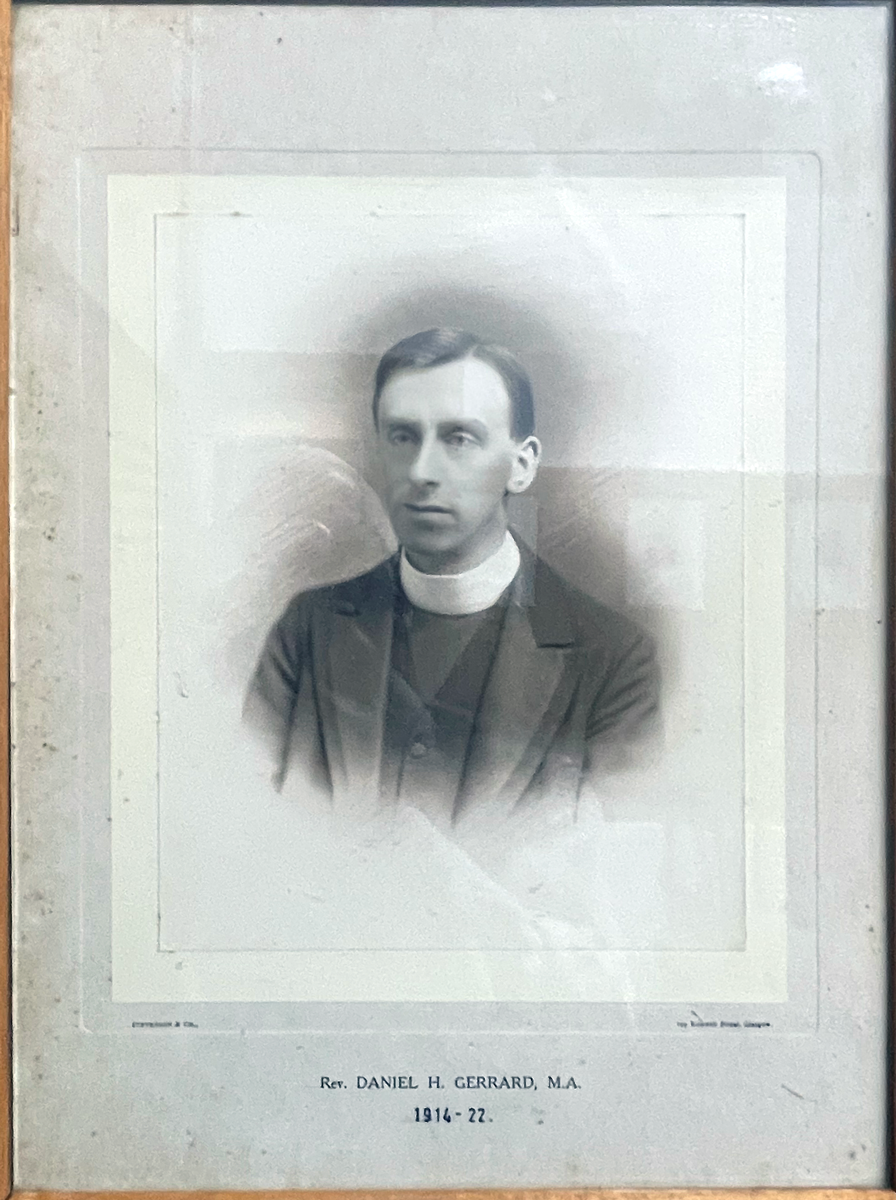
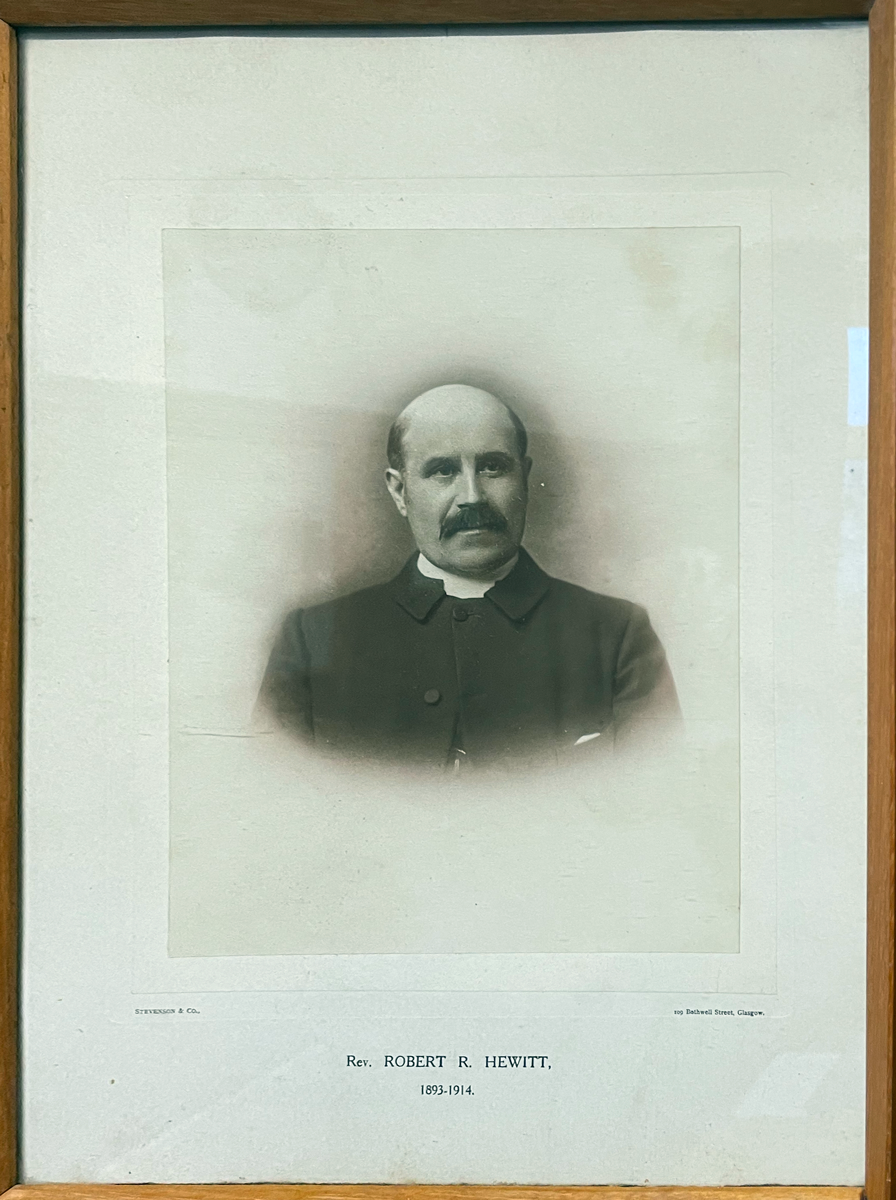
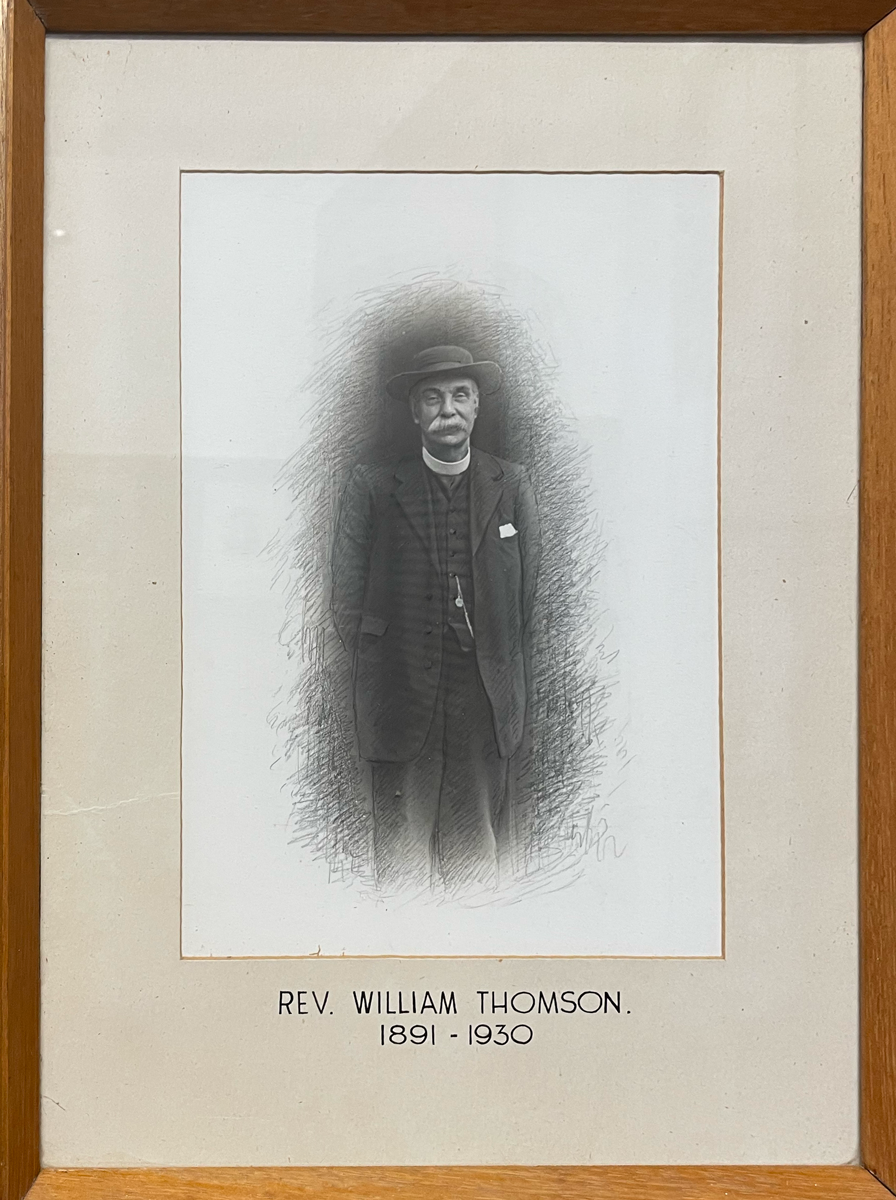
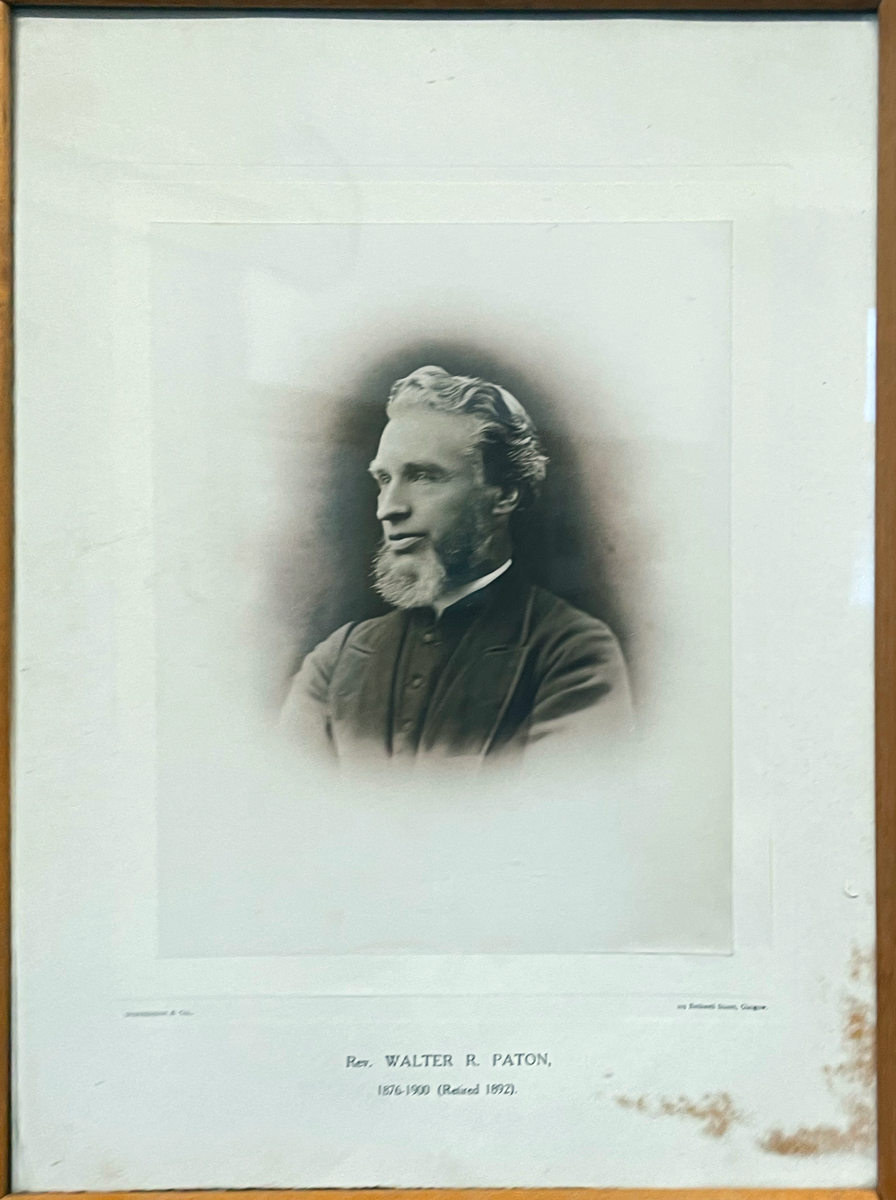
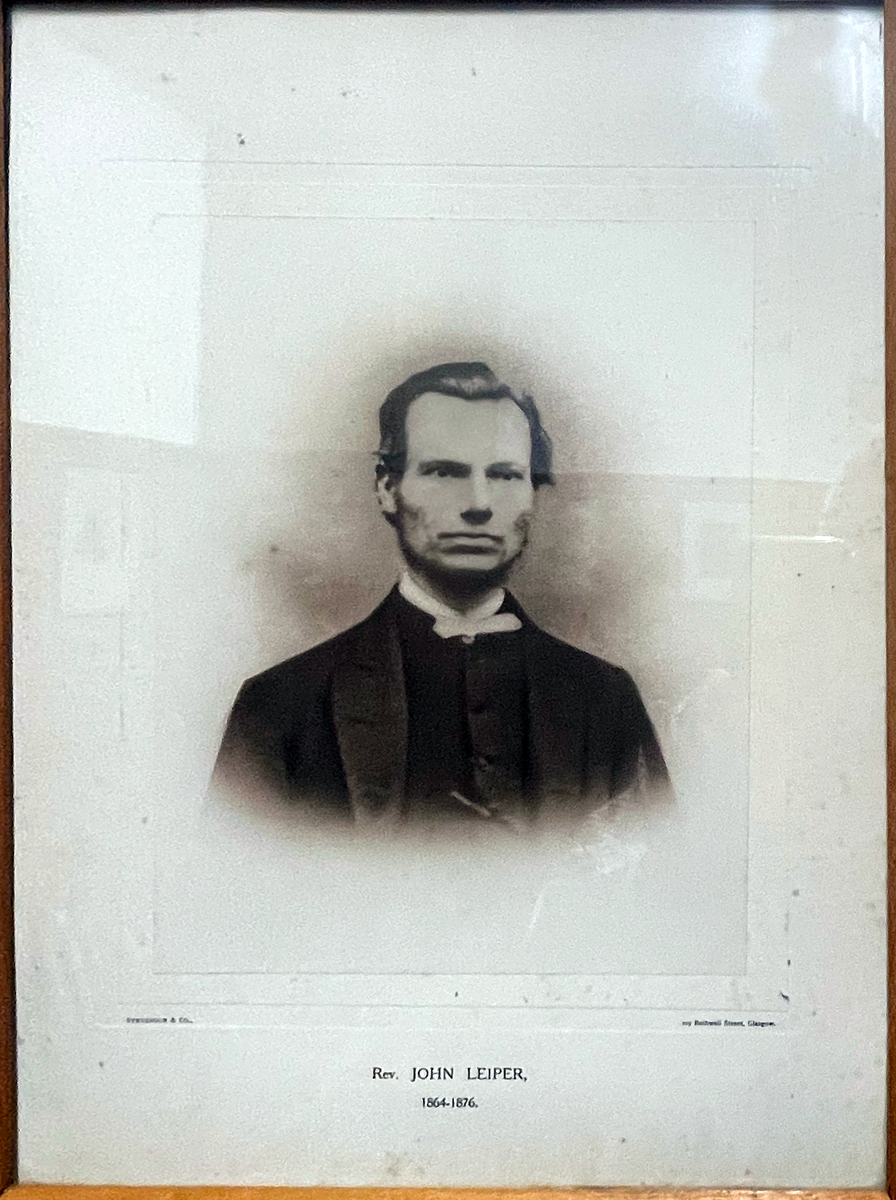
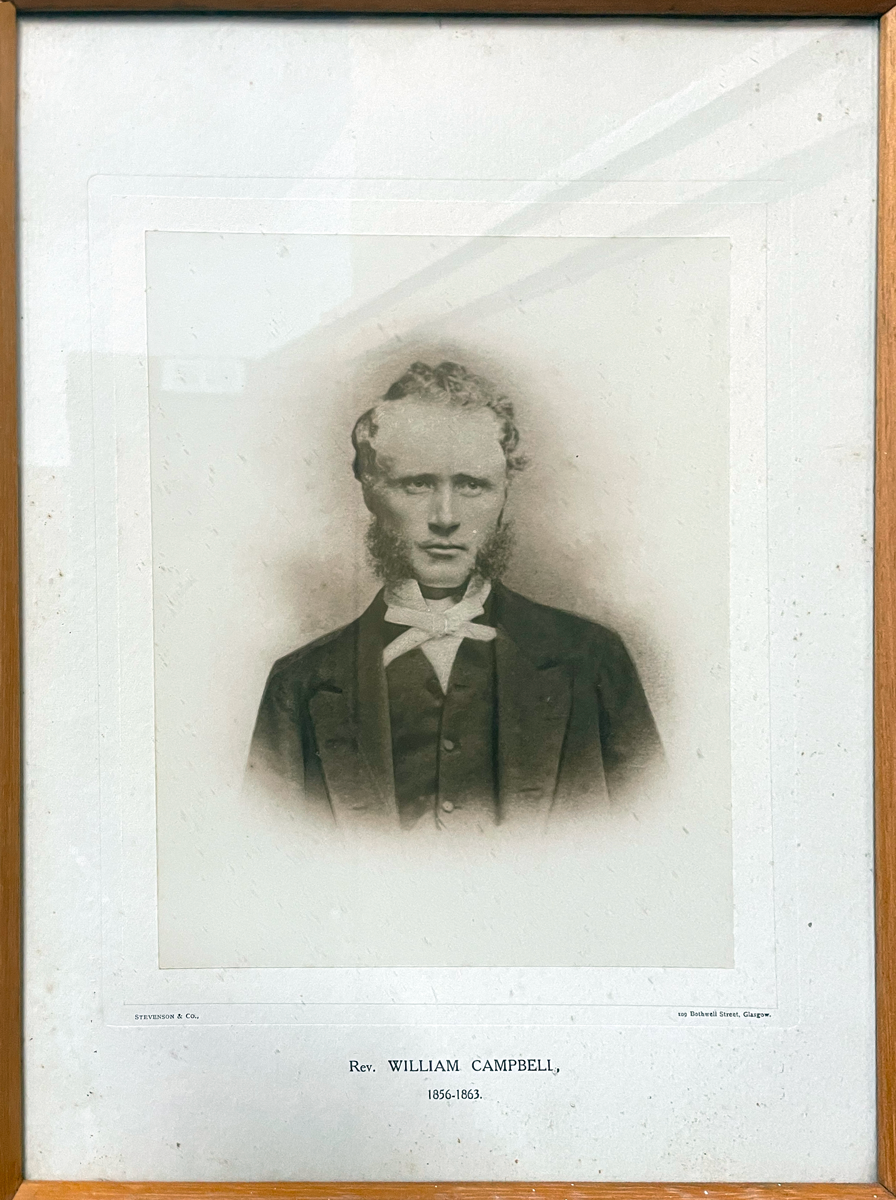
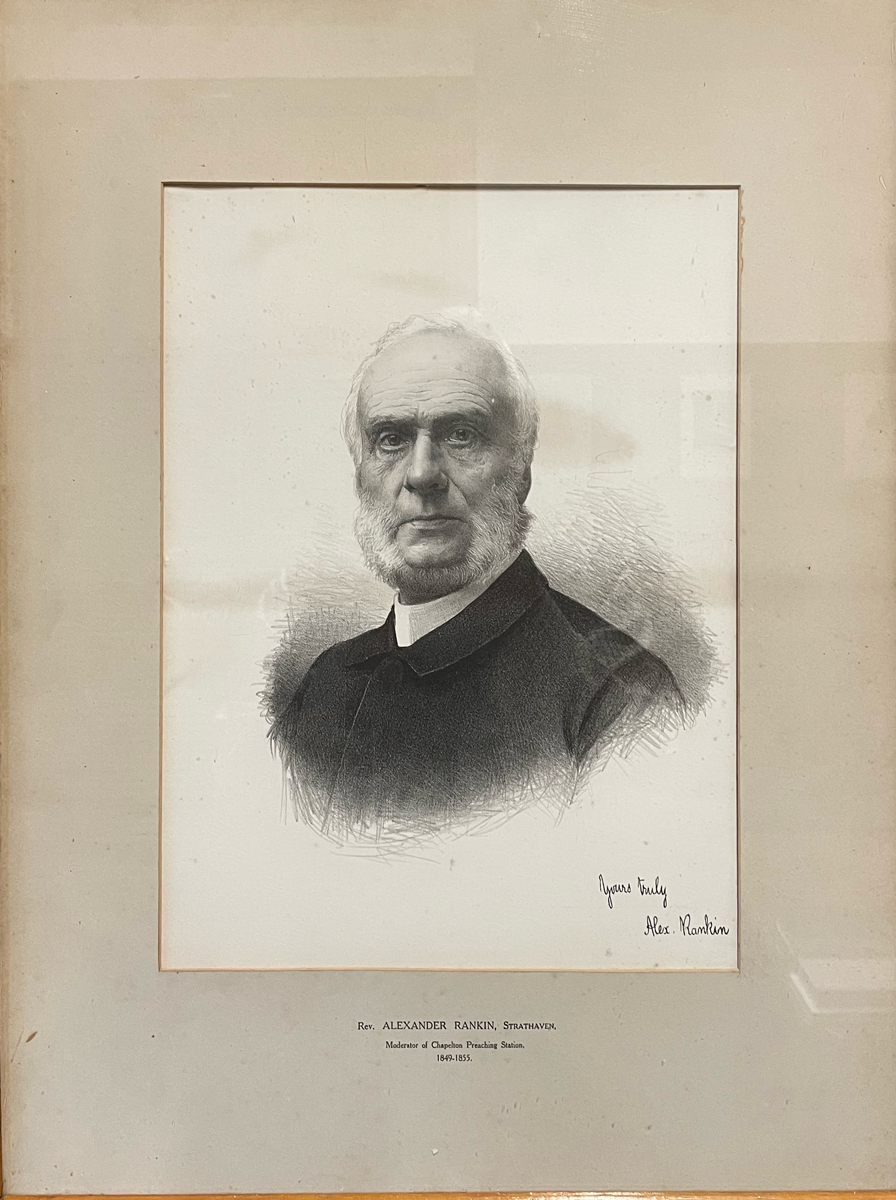
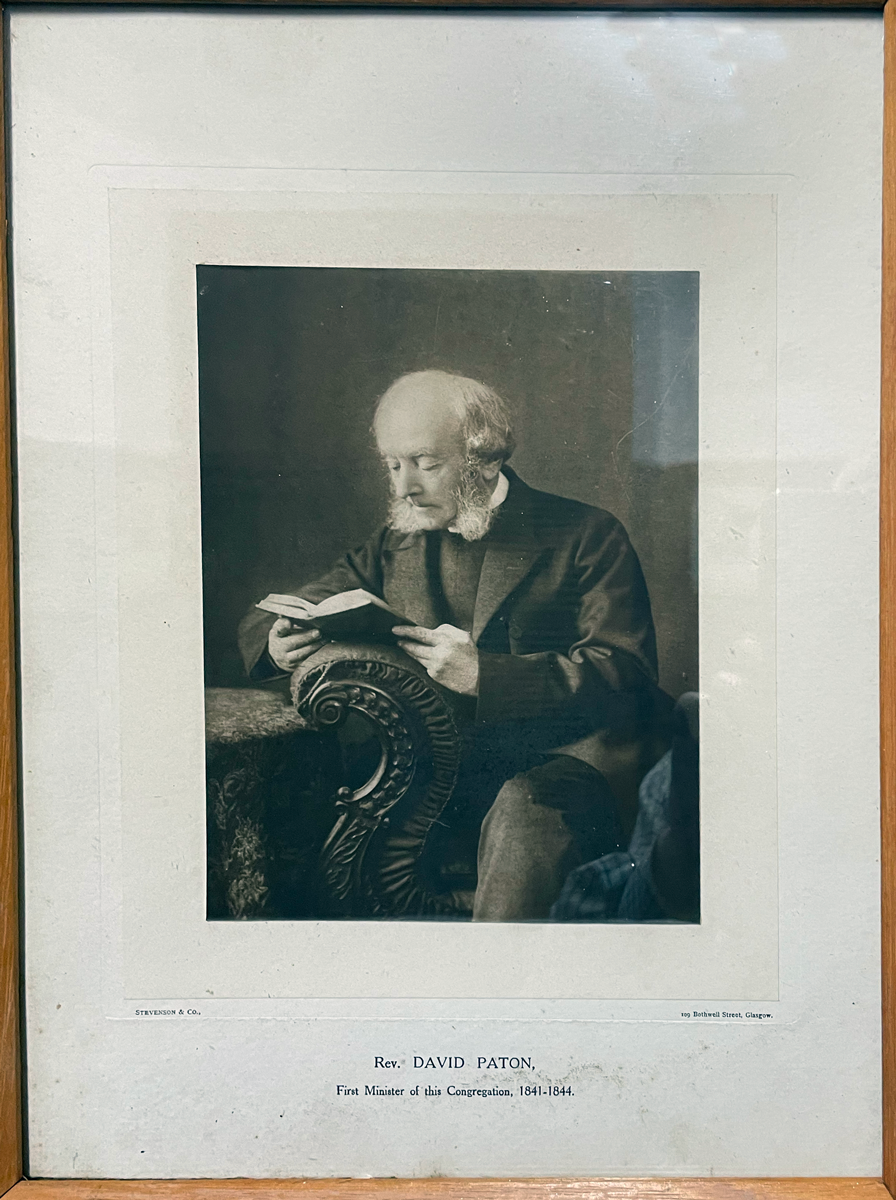
Glassford History
Glassford Church was built in 1820. It is a simple two-storey kirk with a small spire. The interior was recast in 1897. There are Memorial stained glass windows to Rev Gavin Lang, grandfather of Cosmo Lang, Archbishop of Canterbury. The ruins of the former church and belfry, built in 1633, are still standing in the graveyard where there is a Covenanter’s stone.
East Church History
Prior to 1777, many members of the Established Church had become dissatisfied with the intolerant conduct of the heritors and Presbytery, and, when the present Avendale Church in Kirk Street was built in 1772, further discontent arose because of the lack of accommodation allocated for the townspeople in the new church. A meeting of those who felt aggrieved was held in November 1776 and it was resolved to build a Relief Church. In January 1777 the Relief Presbytery received them as a forming congregation and initially services were held in a tent in the churchyard in Castle Street. The site at the corner of Green Street and Waterside Street on which the present Church is erected was acquired in April 1777 from the four Friendly Societies (owners of the Bleaching Green), and by November 1777 the new church- with sittings of 1087- was used for worship under the first Minister, Rev. William Heriot who had been ordained in September of that year.
In 1788, during the ministry of Rev. John Kirkwood, a Manse was erected on ground opposite the Church in Waterside Street, and this was replaced in 1829 by a new Manse, Dhu Crag in Stonehouse Road for Rev John French DD the successor to Mr Kirkwood. This in turn was replaced in 1929 by Westdene, Townhead Street, which remains the Manse to the present day.
On a vacancy arising in 1833 when Rev John French received a call to Edinburgh, two candidates found favour with the congregation, numbering at that time about 1400. As sittings were in any event insufficient, it was agreed that the members who preferred Rev Walter McLay should remain in the East Church and the remainder who preferred Rev George Campbell should leave and form a second Relief Church. This was done and so by amicable agreement the West Relief Church came into being.
In 1843 the Church was greatly enhanced by the addition of an imposing Steeple into which a Bell was installed and to which a Clock was later added. These remain to this day and such is the clock regarded as the “Town Clock” that the local District Council attend to its maintenance. With the approach of the Centenary, it was decided that the Church should be enlarged to incorporate much needed hall and other accommodation. From July 1876 until October 1877 the congregation worshipped in the West Church while the Church was almost completely demolished with only the Steeple remaining. A hall, vestry and other offices were formed on the ground floor with entry from Waterside Street and the Church was raised to occupy the first floor and galleries with entry by steps from Green Street. At this time two stained glass windows were installed in the south wall in memory of John Brown, a benefactor of the Church. The building as thus enlarged remains essentially the same to this day although substantial renovation work was carried out in 1977/1978 in the midst of celebrations for the Church’s Bi-Centenary. More recently, the Church has been enhanced with the fine exterior stonework of the Church being disclosed by the removal of the paint of many years, the descriptive “White Church” no longer being an identifying feature for visitors.
In line with the historical changes in the Reformed Churches in Scotland, there have been various alterations to the name of the East Church since its formation. In 1847 the Relief Church, of which it was part and which had left the Church of Scotland in 1750, united with the Secession Church (which had left in 1733) and formed the United Presbyterian Church. It in turn united in 1900 with the Free Church (or Church of the Disruption) which had left the Established Church in 1843 and the United Free Church came into being. So Strathaven East United Free Church continued until, in 1929, the main issues of dispute were resolved and with others of the same denomination came back into the fold of the national Church of Scotland as the Strathaven East Parish Church. In 1973 the Church was linked with Glassford Parish Church both sharing the ministry of Rev. William T Stewart, B.D. who retired in 2018.
Since its formation there have been only ten Ministers:-
